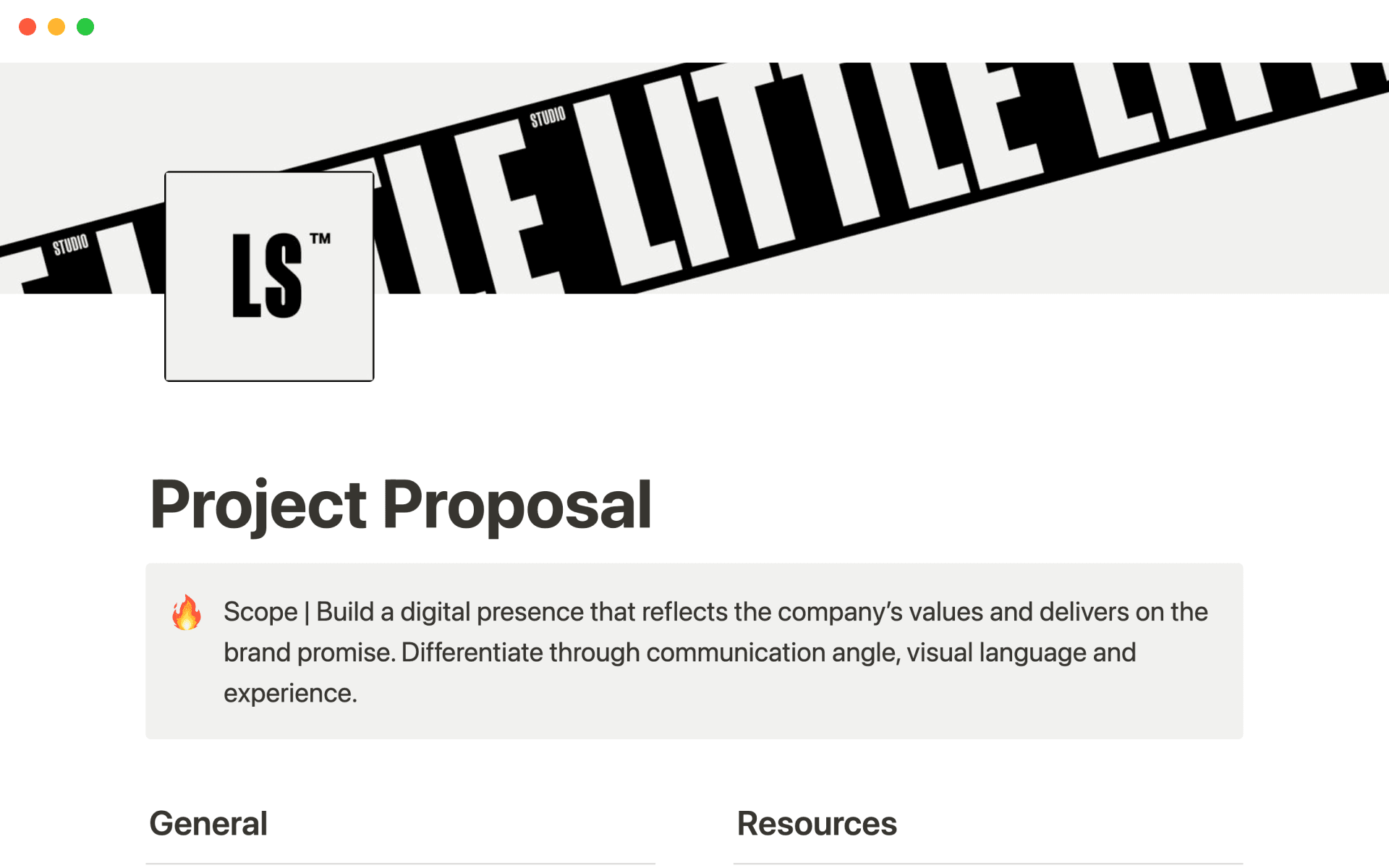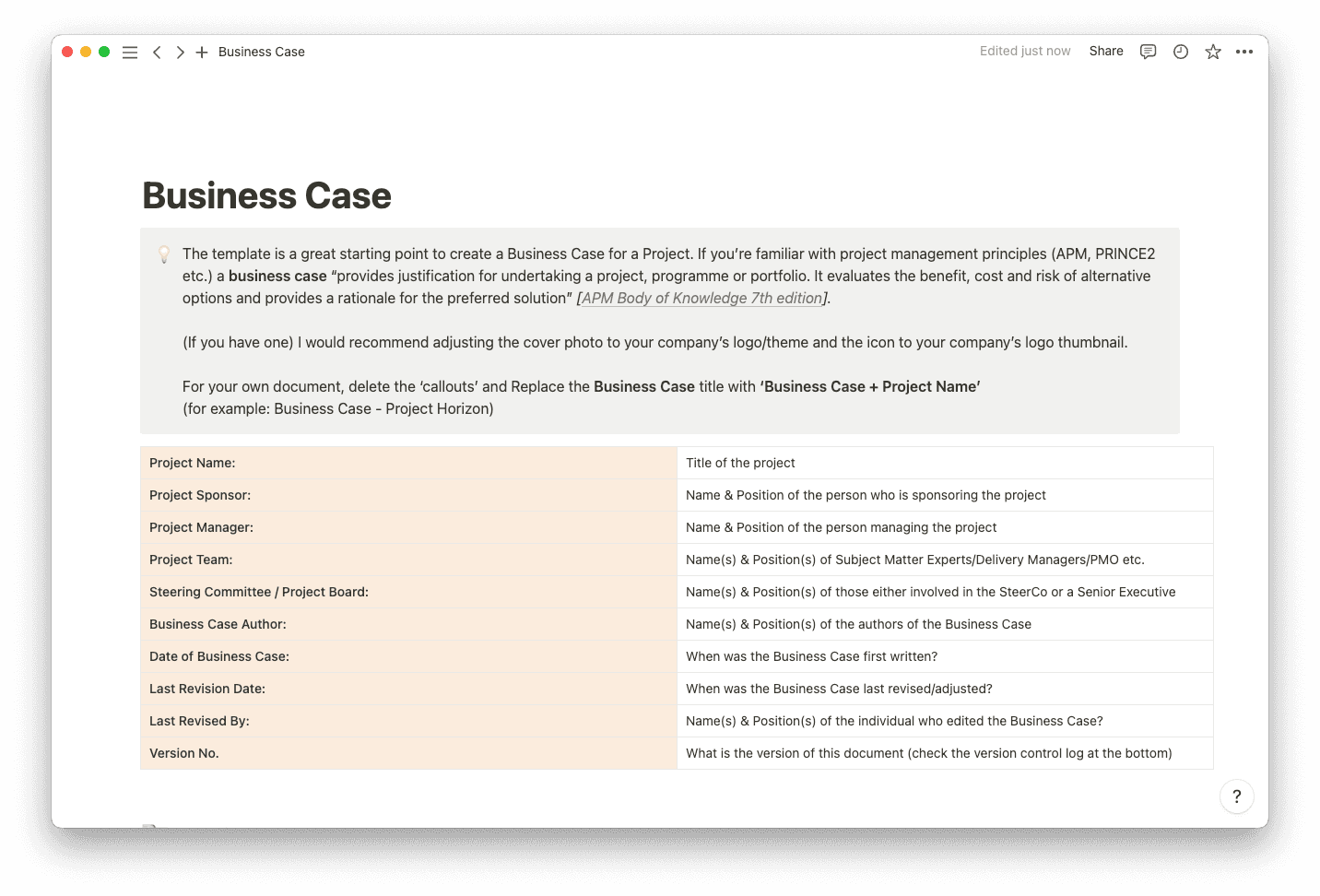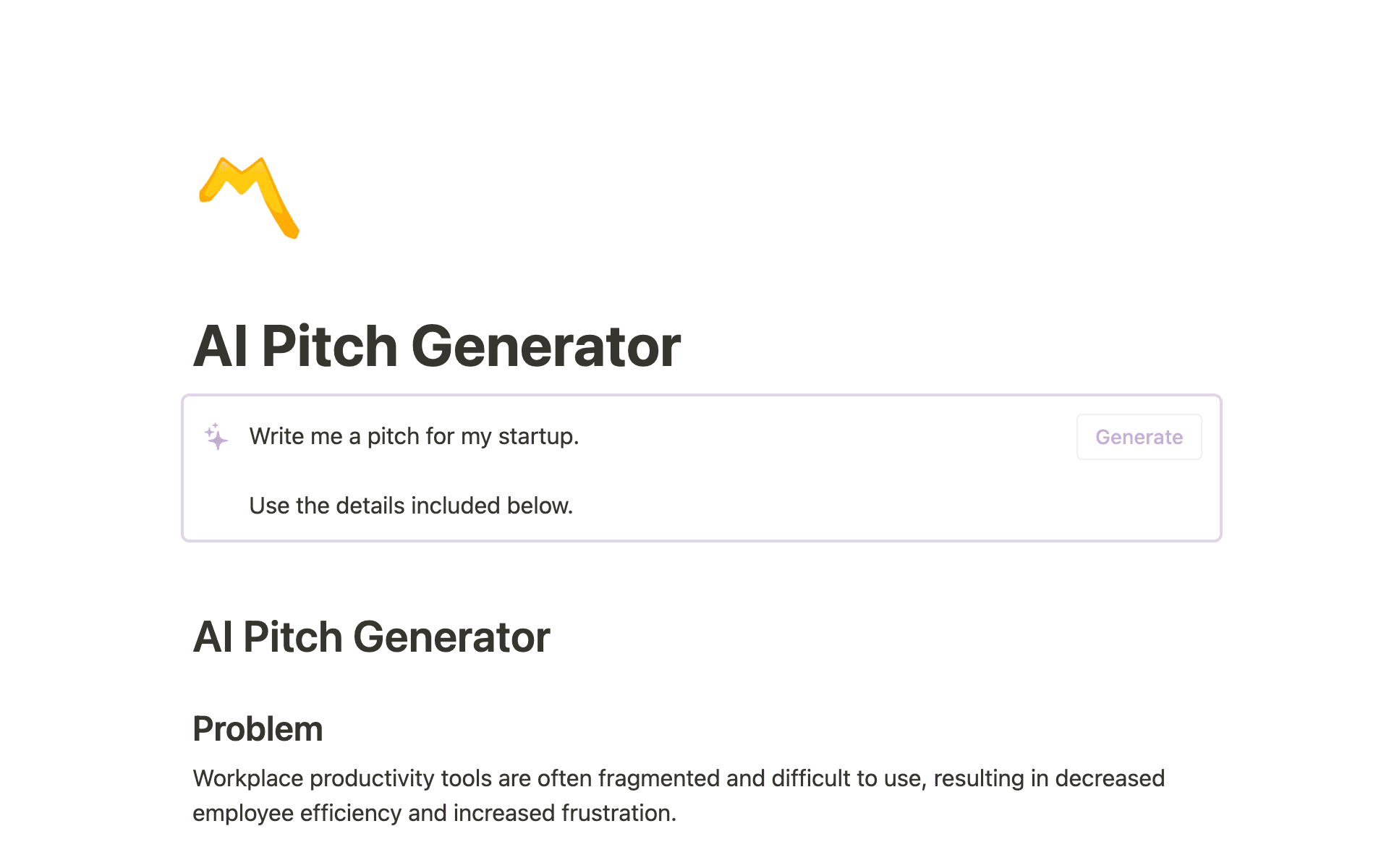You have an excellent business idea. Now it’s time to convince your peers, bosses, or investors of its value. How? With a great pitch.
A pitch is more than an opportunity to present an innovative proposal — it’s also your chance to contextualize your work and give third parties a reason to trust your expertise. Plus, drafting your patter helps you solidify your own understanding of the idea, whether you’re building a start-up in your basement or proposing a project at an established organization.
Sharing your excitement with stakeholders can be a challenging process — your audience might be nervous about new ideas or struggle to buy into your vision. The good news is that you can shift their perspectives by learning how to make a pitch worth listening to.
What’s a pitch in business?
A pitch is a presentation that outlines the features, goals, and target audience for a product or service. Leaders and dreamers create pitches to drive interest from third parties and solicit funds for new initiatives, secure partnerships, or launch projects at existing companies.
Anyone can pitch an idea — an entry-level employee might suggest a cost-saving initiative and a CEO could present a market-changing project to investors. That said, most pitches fall into the following categories:
Investor pitch — persuades investors to fund a project
Sales pitch — convinces consumers to purchase a product or service
Product pitch — highlights the value of the offering, pointing out its attractive features
Job pitch — defines your value to a potential employer, highlighting why you’d be an excellent fit for a role
Workplace pitch — suggests a new project, product, or service at your company
Why is a pitch important in a project proposal?
When you think of delivering a pitch, you might envision an innovator seeking funding on Shark Tank. And while the type of make-it-or-break-it investor pitch you see on TV is actually behind many new business ventures, a pitch doesn’t always have to be high stakes or involve funding — it could be as simple as proposing a new project to your boss.
All business pitches — whether Shark Tank-style proposals to angel investors or everyday project suggestions — summarize an excellent idea in a way that’s understandable to others. You must effectively convey your brain child's value with plenty of data to back it up without losing the audience's interest. You must also prepare for a round of questions; before they can put faith in your project, stakeholders need to feel confident you have the knowledge and expertise to get the job done.
How to pitch a business idea in 4 steps
Pitches must capture the audience’s attention and hold it, but not push it too far. When creating a presentation of your own, you should know how much information to give, how to frame it, and when to close your argument. Here’s our four-step guide to pitching:
1. Put the organization’s needs first
When pitching a project, prioritize organizational goals. Most often, those considering your idea need it to benefit them in order to buy in. Outline how your idea meets their business goals or alleviates a pain point.
When pitching an internal project, review recent meeting minutes, corporate emails on new initiatives, and any data you can access. For example, if you’re proposing an innovative email marketing strategy, look at current open rates in the company’s customer relationship management (CRM) tool.
Once you’ve determined a pain point, craft a story around it — one you can use to hook your audience. Be sure to lay the groundwork for the solution you drop in the second half of the pitch.
2. Write out your idea and edit it (twice)
Draft a tight summary of your idea. Consider this an elevator pitch that you only have a few minutes to deliver. Concisely state the target audience, the need the idea addresses, and the benefit it provides.
Once you’ve written the draft, edit it until you’re only mentioning the critical particulars of your idea and you’ve scraped back any excess language. The shorter and sweeter, the better.
3. Present a plan
Detail the timeline and resources for the project. This is an essential part of your pitch because it allows the decision-makers to consider the funds, personnel, and labor they must provide. This point in the pitch also shows that you’ve done your research — which instills confidence in you and your idea.
4. Show how you’ll track results
You’re promising results, but how will you show them?
Explain the metrics and tools you’ll use to ensure the project hits its milestones. With modern technology, quantitative data is easy enough to source. For an internal project, pull numbers reflecting improvements from CRM or project management software. For an external project, show what system you’ll use to monitor data and let the audience know if you’ll need access to internal information during the period of work. Detail how you’ll track qualitative outcomes — like with a survey — to demonstrate how end users feel about the new project.
Best practices for project pitches
Polish your pitch with the following best practices. These pitch techniques ensure you’re ready for whatever comes your way and can deliver the most comprehensive message possible:
Prepare for questions (including tough ones) — know the downsides and risks of the project and prepare to speak to them. Back up your answers with data wherever possible — you want to support your idea with the facts.
Use visuals — create a pitch deck to walk through in a live session or share with the audience afterward. Visuals help the audience better understand data and help you hold their attention.
Know when to stop talking — if the audience is interested, let them take the wheel and discuss the next steps. Don’t over-explain yourself or isolate stakeholders if you’ve already sold the idea. In other words, take “Yes” for an answer!
A pitch example to guide you
Once you feel confident you understand how to pitch an idea to your company, it’s time to sit down, write out your patter, and create your deck.
If the ink isn’t flowing, take cues from the mock example below, in which a marketing professional pitches to their internal team a new set of campaigns to renew customer interest. Make it your own by inserting project-specific details and expanding or contracting where necessary.
“Last month, our open rate on marketing emails was just 5%. This number is down from 7% the month before and 9% before that. The bottom line? The members of our email list are losing interest in our content.
I did some digging and found that we hit much higher numbers last summer, to the tune of 12–15%, when we ran a content cycle on sustainable travel and provided discount codes for our recycled plastic suitcase line. This spurt of interest in our marketing content correlated with a 5% spike in sales.
I believe we could capture our audience’s attention again if we focus on sustainability. I’d like to propose a multi-channel marketing plan that advertises our most eco-friendly products. The campaigns would combine content marketing on sustainable winter wardrobes, email discounts for subscribers, and promotional events, like giveaways, on social media.
To get the ball rolling, I’d need 25 hours of help from a graphic designer, five hours of work from a developer, and content approvals from our social media team. I can handle setting up the campaigns in our CRM.
The CRM will also track success metrics, like jumps in our open and click-through rates. The social media team can collect similar quantitative data from our apps. I’ll take the initiative to read through social media comments and responses to our email campaign to compile quantitative results.
Thank you so much for listening. I’m ready for your questions.”
Write your best pitch yet with Notion
Notion can walk you through writing a winning pitch — from start to finish.
Leverage artificial intelligence with our AI pitch generator, create a visually stunning pitch deck, and learn how to present information to inventors. Once a company, partner, or investor takes your project on, use our guide to write a thorough proposal.







